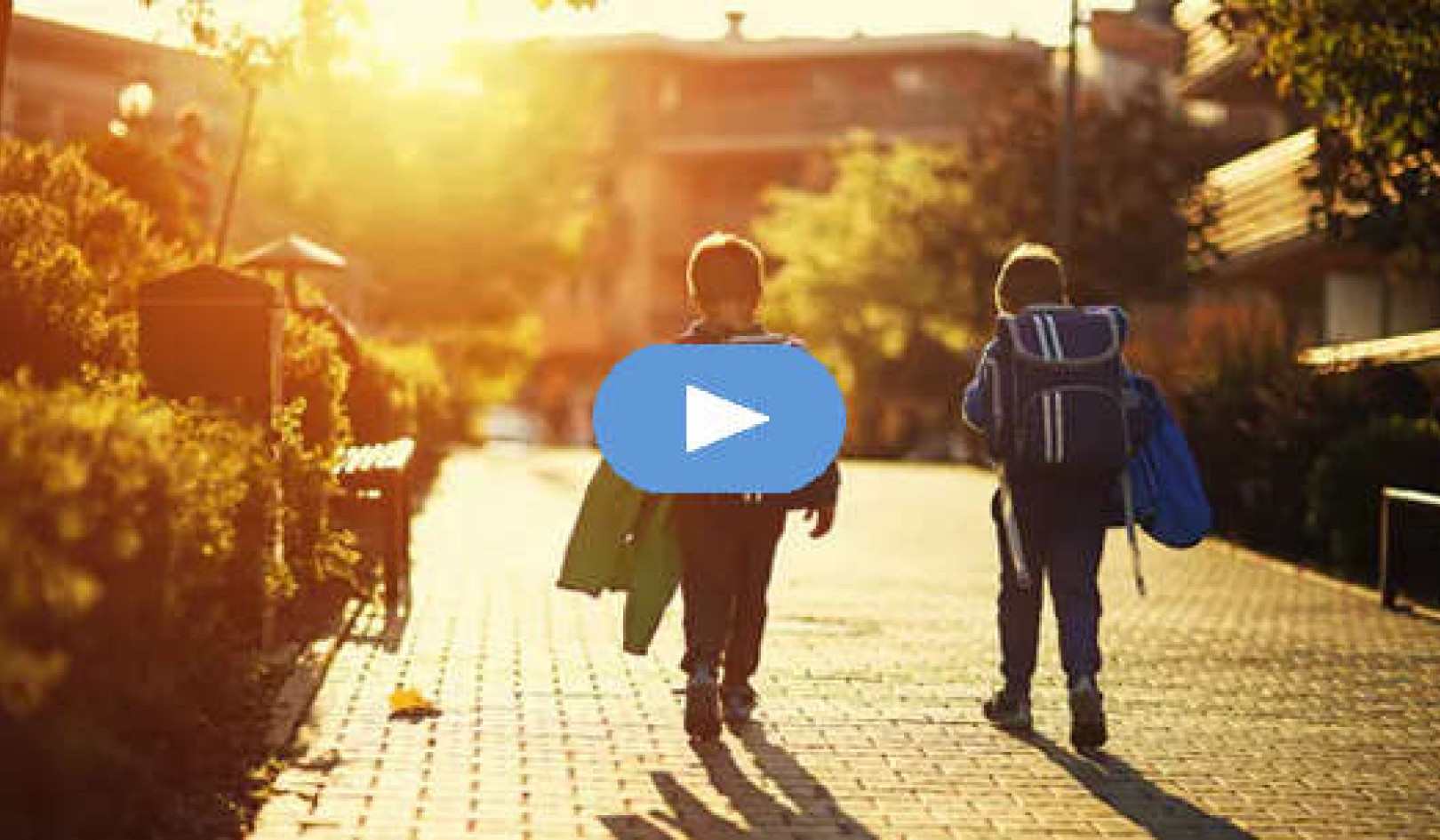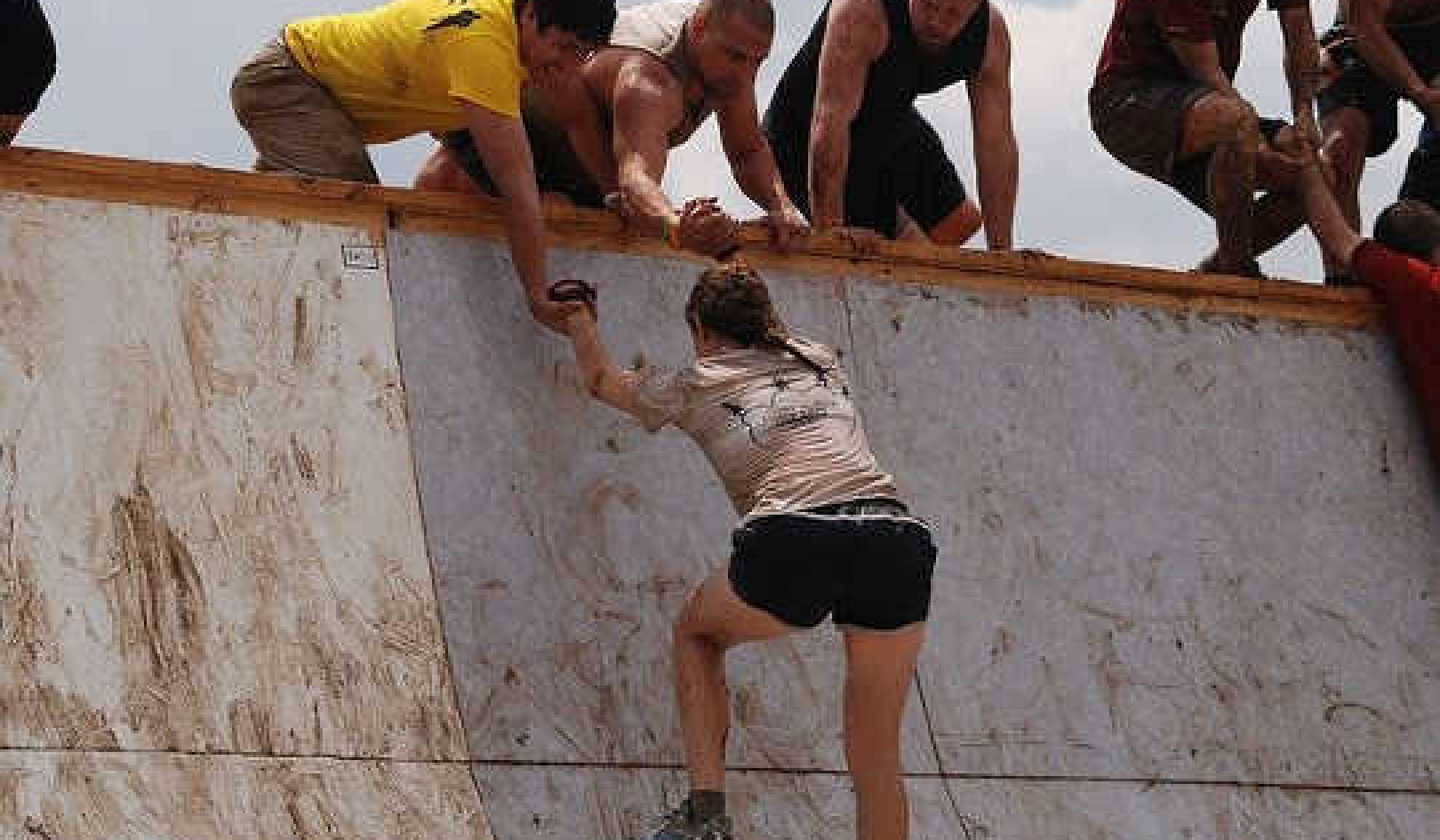
Is there anything more pure, more full of wonder and hope for the future, than the prayer of a child? For a child's heart, when it forms a prayer of thanks or praise or petition, has none of the self-consciousness and ambivalence of adulthood; it is a laser beam of light and love -- focused, clear, and burning with urgency.
Prayer is natural to human beings, whether they are children or grown-ups. It takes place all the time, and not just in churches and synagogues. As Rabbi Hayim Halevy Donin has pointed out, we pray even when we don't realize we're praying. "Thank God!" we sigh in relief, on hearing that someone we love has begun to recover from a serious illness and is out of danger. Some prayers don't even invoke God's name: a gorgeous sunset might evoke a murmured response ("How glorious!") that is really an act of praise; a guilty conscience might bring us back to someone we've hurt ("Forgive me"), as our desire for reconciliation reaches upward as well as outward.
But prayer, like many other human capacities, will atrophy if it is not used and developed. Children possess an innate ability to pray, just as they have a built-in capacity to learn language. Most people wouldn't dream of being silent all the time around a child; we not only talk in the presence of our children but we devote a great deal of time to teaching them words and their proper meanings, pronunciations, and grammatical relationships. As parents, we help our children learn to name and thus understand the world around them.
Prayer Is A Particular Form Of Language
Prayer is a particular form of language (though it often aspires to go beyond words) that children can pick up with the same ease as they do any other kind of speech. But the tragic reality is that those of us who live in the prosperous Western nations have largely failed, in recent generations, to teach our children the language of prayer. This failure, this neglect of our children's spiritual dimension, has had grave consequences for the moral and psychic health of our culture.
If you are reading this book, the odds are that you care deeply for children and want to find ways to enrich their lives and deepen their hearts through prayer. The moral decay that now permeates our culture places children at greater risk than ever before: violence, drugs, teenage pregnancy, and suicide loom like the Four Horsemen of the Apocalypse over our children's lives. The number of incidents where children commit violent, senseless crimes is on the rise. As we write, the horror of the Littleton, Colorado, high school massacre is still sending shock waves through America.
Even if the vast majority of our children will never directly experience the extremes of violence or criminal behavior, there is a widespread feeling that the innocence and idealism of youth cannot survive in such a cynical and materialistic society. We worry about a generation growing up whose emotions and moral sensibilities are blunted, and we say that something needs to be done.
But what can be done? Our first impulse -- an impulse that is quickly taken up by politicians -- is to restrict children's access to bad things. So we propose stricter gun control laws and install V-chips in our TV sets. There is much to be said for such measures, but most people recognize their limits. In the long run it is what lies inside children's hearts -- rather than externals like guns and violent movies -- that will determine their behavior and their future. Nurturing a child's heart is a task that takes years of love and attention; it's not a task that can be accomplished by legislation, however well intentioned.
That's why more and more parents are questioning the moral health of our culture. Now that they are parents themselves, recent generations -- from boomers to Generation Xers -- are rethinking the abandonment of traditional values and disciplines and are casting about for ways to instill moral values in their children without repeating the sins of smugness and narrow-mindedness committed by earlier generations.
Falling In Love with the Virtue of Goodness
Celebrating the virtues has rightly become an important element of character education. But too often discussion of the virtues remains abstract, as if classroom discussions about courage will make children courageous. We do need to talk more -- particularly around the dinner table -- about morality, but the limitation of talk is that it remains a thing of the head and not the heart.
The secret to your child's moral and spiritual development is this: your child should not simply admire goodness, but should actually fall in love with goodness. The Greek philosopher Plato believed that in order to live a full human existence we must develop a feeling of eros for the Good. Today we associate the word eros with "erotic," or merely sexual, love, but for the Greeks eros conveyed a passion that involved the whole of a person's character.
Traditionally, it was in reading -- and listening to -- stories, including the great epic tales of heroes, that children developed eros for the good, the true, and the beautiful. Storytelling anchors the virtues in the experience of believable characters. Through the miracle of imagination, a child can enter into a sympathetic relationship with the heroes of great literature, vicariously experiencing both their mistakes and their achievements.
But in addition to storytelling, there is another path to a child's moral development: prayer. We have become convinced that prayer can become an essential part of a child's emotional and psychological growth -- helping to bridge the gap between knowing what is good and doing what is good.
For most of the twentieth century -- one of the most secular periods in human history -- prayer was not something that one discussed in public. Even when prayer wasn't dismissed outright as a relic of primitive religion, it was reduced to something that was utterly private and individualistic. Of course, prayer is an intensely private experience in the soul of each human being, but so is romantic love, marriage, patriotism, and nearly every other affair of the heart. Yet in all these other realms we recognize that private experience intersects with universal truths, truths that we can and must address publicly.
Prayer Is No Longer Taboo
At the dawn of the new millennium, prayer is no longer taboo. For the sake of our children and our future, it is time that we explore this ancient and hallowed means for reaching out beyond our human limitations to seek a higher power.
Of course, the first thing that many of us say to ourselves when we consider whether we should bring prayer into the life of our family is "How can I teach my kids to pray if I don't know how to pray myself?" There's the rub. It's at this point that many of us hesitate, perched on the knife-edge between good intentions and the challenge of putting them into practice.
Scientists have a phrase for the way human beings absorb new information: they call it the learning curve. In most cases the learning curve is steep at first, as we struggle to understand both the basic concepts and the finer points. But after a while the curve levels off and we become able to assimilate new ideas more quickly.
The learning curve for prayer can appear formidably steep and intimidating. But it is just at the moment of hesitation that grace lies in wait for us. When parents hesitate to teach children something they don't know themselves, they have already stepped out onto the right path, though they may not recognize it. Most of us sense that prayer is something that we must practice before we can preach it. This desire to avoid hypocrisy is in itself a step in the direction of spiritual authenticity. In the life of the spirit, wanting is often the same as having. The twentieth-century French novelist Georges Bernanos once said:
"The wish to pray is a prayer in itself. . . . God can ask no more than that of us." And fifteen hundred years ago St. Augustine prayed: "We would not seek You if we had not already found You."
Being a Spiritual Realist
It is all too easy, when addressing the subject of children and prayer, to slip into sentimentality and a pious, otherworldly tone -- what the poet Patricia Hampl calls the "eau de cologne language of spirituality." We've tried to avoid that mind-set like the plague it is. On the contrary, we'd like to think of ourselves as spiritual realists. As every parent knows quite well, family life is an exercise in barely contained chaos: babies
crying, older kids rampaging, parents struggling with exhaustion and a day that is never long enough. Family prayer times are commonly beset by fidgeting, bickering kids, ringing phones, distractions galore. In these circumstances it isn't likely that we will find mystical illumination, or even emotional uplift.
That's why it is so important to remember that prayer is an art. Like any art, prayer requires us to overcome the powerful force of inertia. The life of the spirit requires time and discipline to grow; you can't just take a few prayers, add water, and expect instant holiness. The self-help industry has generated a lot of revenue by promising seven (or some other quasi-sacred number) "easy steps" to healing, wisdom, and prosperity. But the great spiritual masters know that the only effective steps are the small ones that we take every day of our lives -- just like a one-year-old learning to walk.
It is our earnest hope that you will unlock your child's -- and your own -- potential for the divine conversation that is prayer. It is a well-known paradox of the spiritual life that when we gather together and focus our love and attention outward -- on God's goodness and grace -- we actually grow closer to one another. That is the secret of praying together as a family.
Article Source:
 Circle of Grace
Circle of Grace
by Gregory and Suzanne Wolfe.
Excerpted by permission of Ballantine, a division of Random House, Inc.
©2000. All rights reserved. No part of this excerpt may be reproduced or reprinted without permission in writing from the publisher.
Click here for more info and/or to order this book.
About The Authors
Gregory and Suzanne M. Wolfe are the parents of four children. With William Kilpatrick, they have written The Family New Media Guide and Books That Build Character. Gregory and Suzanne are also the authors of: Climb High, Climb Far andCircle of Grace.Gregory serves as Writer in Residence at Seattle Pacific University. He is the publisher and editor of Image: A Journal of the Arts and Religion, one of America's leading quarterlies, and is the author of several books, including Malcolm Muggeridge: A Biography. Suzanne teaches English literature at Seattle Pacific University and is currently working on her first novel.























